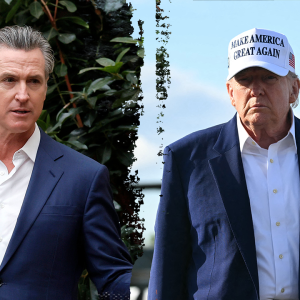**Introduction:** The air in Boulder, Colorado, is thick with something more than just the crisp autumn chill. It’s a current of obsession, a digital fever dream centered on a single, unsettling narrative. We’ve unearthed fragments—whispers of a vanished man, a potential terrorist, the rise of a radicalized community—all converging in this isolated mountain town. This isn’t just local news; it’s a ripple effect, a dangerous algorithm feeding on fear and speculation. Discover now…

**The Fragmented Narrative:**

The threads began with scattered posts—isolated online voices hinting at a growing threat. The hashtag #BoulderColorado rapidly gained traction, initially driven by a bizarre series of claims: a late-night cruise, a suspected terrorist attack, bizarre claims of Jewish persecution. The posts were disconnected, often contradictory, yet they painted a disturbing picture of a community grappling with unseen anxieties. The claim that a 49-year-old, bald and gay Arab Jew from Boulder was being sought by the FBI – fueled by an anonymous source – was particularly incendiary, swiftly amplified across social media. This narrative – of a man deliberately targeting Jewish individuals – quickly morphed into a focal point for resentment and misinformation. The posts highlight multiple individuals, with a repeated emphasis on diversity, highlighting concerns or a belief of a certain group’s agenda. The accounts include individuals claiming to be from Puerto Rico, Egypt, and seemingly random locations, each contributing to the feeling of instability and urgency. These profiles are mostly connected through shared interests in Colorado and their interactions include an undeniable amount of personal reflection on many varied issues. It’s impossible to establish a clear chain of events or understand the root of the escalating anxiety.

**The Speculation:** A significant portion of the online discussion turned to wild speculation. The insistence on a deliberate targeting of Jewish people, even without definitive proof, fostered an environment of paranoia. Concerns about open borders, government surveillance, and the “weaponization” of social media became commonplace. Individuals began to construct elaborate theories, weaving together disparate clues and unsubstantiated claims. The narrative quickly escaped the confines of Boulder, spreading across the nation and beyond, fueled by the relentless amplification of online content. The public has been quick to assign blame, particularly within a social media culture primed for outrage.
**Conclusion:** The tremors in Boulder are a stark warning. They expose a vulnerability—our collective susceptibility to misinformation, the speed at which fear can spread, and the destructive power of a digital echo chamber. The chaotic conversation happening in Boulder is a reflection of something deep within us. Is this the beginning of a broader crisis? Find out more…



